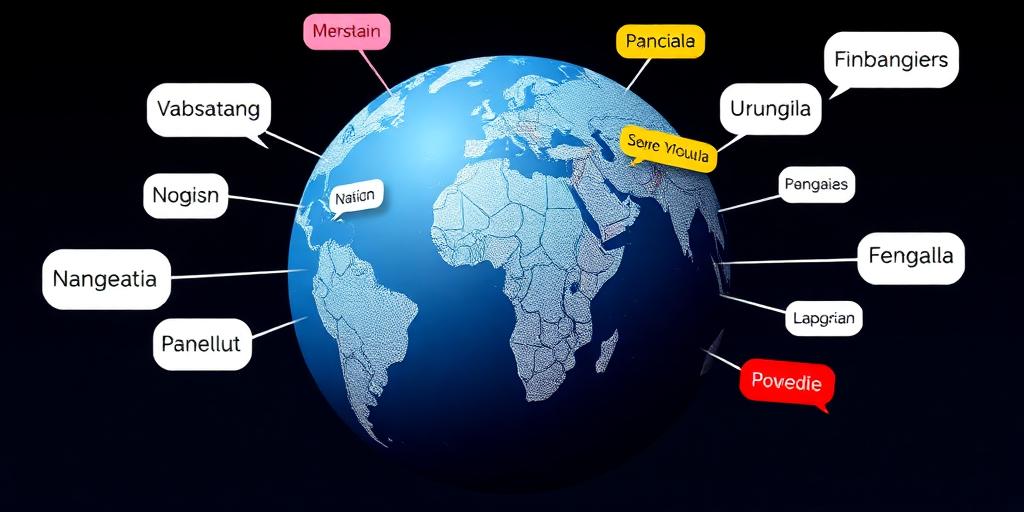The Rise of Non-English Language Content Globally (2025)
The internet, once dominated by English-language content, is undergoing a significant transformation. By 2025, non-English language content has not only become prevalent but also a driving force in online growth. This shift presents both opportunities and challenges for businesses, content creators, and global communication.
Key Factors Driving the Shift
Several factors contribute to the rise of non-English language content:
- Increased Internet Access in Non-English Speaking Regions: Emerging markets in Asia, Africa, and Latin America are experiencing rapid growth in internet penetration. This influx of new users primarily communicates in their native languages.
- Improved Machine Translation: Advancements in machine translation technologies are making non-English content more accessible to a global audience. While not perfect, these tools enable basic comprehension and facilitate cross-lingual communication.
- Cultural Relevance and Preference: Users are more likely to engage with content that reflects their cultural background and linguistic preferences. Localized content resonates more deeply and fosters a sense of community.
- SEO Advantages: Targeting non-English keywords can provide a competitive edge in search engine rankings. Businesses can tap into underserved markets by creating content optimized for local languages.
- Mobile-First Approach: Mobile devices are the primary means of internet access in many non-English speaking regions. This has led to the development of mobile-friendly content in various languages.
Impact on Businesses
For businesses, the rise of non-English language content necessitates a strategic shift:
- Localization is Crucial: Translating websites, marketing materials, and customer support resources into target languages is essential for reaching new markets.
- Content Creation in Multiple Languages: Creating original content in various languages can significantly enhance brand visibility and engagement.
- Cultural Sensitivity: Understanding cultural nuances and adapting content accordingly is crucial to avoid misinterpretations and build trust.
- SEO Optimization for Local Languages: Optimizing websites and content for local search engines is vital for driving organic traffic.
- Multilingual Customer Support: Providing customer support in multiple languages ensures a positive customer experience and fosters loyalty.
Challenges and Opportunities
While the rise of non-English content presents significant opportunities, it also poses challenges:
- Quality Translation: Ensuring accurate and culturally appropriate translation requires skilled linguists and subject matter experts.
- Content Adaptation: Simply translating content is not enough; it must be adapted to the cultural context of the target audience.
- Discoverability: Making non-English content discoverable requires effective SEO strategies and promotion through local channels.
- Maintaining Consistency: Maintaining brand consistency across multiple languages and cultures can be complex.
Despite these challenges, the opportunities are vast. Businesses that embrace multilingual content strategies can gain a competitive advantage, expand their global reach, and build stronger relationships with customers worldwide. Content creators have new audiences to reach, and new communities to connect with.
The Future of Online Content
As we move further into 2025 and beyond, the dominance of English language content will continue to diminish. The future of online content is multilingual and multicultural, reflecting the diversity of the global internet user base. Embracing this shift is essential for success in the increasingly interconnected digital world.
